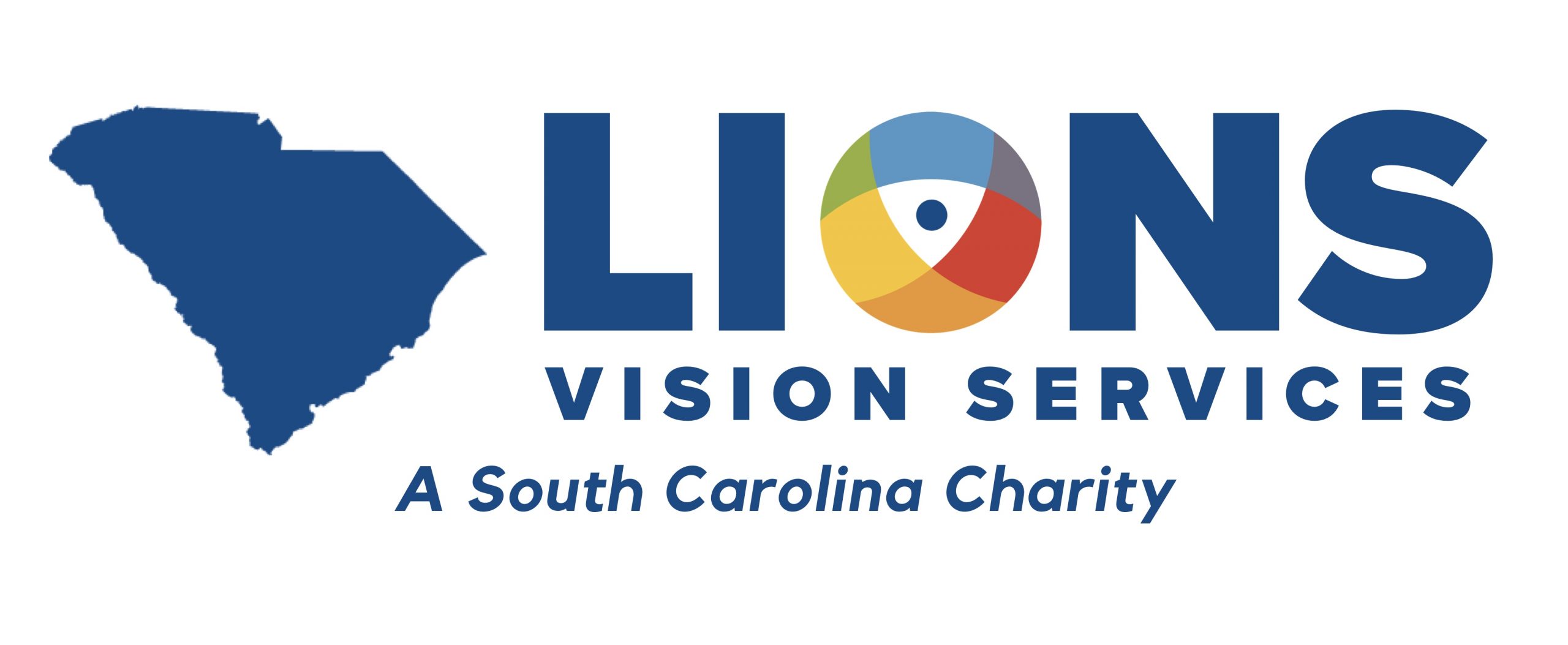Big Data Project

With the prevalence of blindness and vision loss projected to double by 2030 without effective, immediate, and ongoing intervention, monitoring the distribution and impact of blindness and vision loss is critical to creating healthy communities.
Tragically, the most recent local data available on this topic is outdated. It’s time for that to change.
The South Carolina Big Data Project provides county-level data on the rate of blindness and low vision. This report also elucidates the rate of chronic conditions, quality of life, and disability among older people with and without blindness & low vision. The data sets included in the project are the Behavioral Risk Factor Surveillance System (BRFSS) and the American Community Survey (ACS).
Spearheaded by VisionServe Alliance and The Ohio State University College of Optometry, this Big Data Project is the only study providing comprehensive descriptions of people with vision impairment at the county level in South Carolina in one document.
Policymakers and advocates can use the Big Data Project briefings to develop programs to improve the lives and independence of people with vision loss. Report data provides a powerful tool for agency and organizational leadership – and their development and marketing teams – to quantify the state and local need and strengthen their funding outreach via powerful statistics and current, needs-based data.
Phase I of the Big Data Project addresses the population segment of people aged 65 years and older.
Phase II of the Big Data Project addresses the population segment of individuals aged 18 to 64 years.
These South Carolina reports are made possible by Association for the Blind and Visually Impaired SC, Lions Vision Services, and South Carolina Commission for the Blind.
Phases III will focus on additional segments of the population, with the goal of developing briefings for the entire population of South Carolina that can be used to create sustainable solutions for eyecare in the coming decade. Fundraising is underway to complete the next phase in conjunction with VisionServe Alliance’s national effort.
Big Data Project: Phase I
The Big Data Project Phase I report provides county-level data on the rate of blindness and low vision among people aged 65 years and older and elucidates the rate of chronic conditions, quality of life, and disability among older people with and without blindness & low vision. An estimated 7.7% of older people in South Carolina report severe vision impairment or blindness. This is below the national average of 7.3%. Vision loss is not evenly distributed in SC, with prevalence by county ranging from 3.8% to 22.3%.
Key Findings


- Allendale County had the highest prevalence (22.3%).
- Beaufort County had the lowest prevalence (3.8%).
- Most counties with the highest prevalence are historically under-resourced communities along the I-95 corridor.
- The cost of care presented a significantly higher barrier for those with vision impairment.
Watch this South Carolina Big Data Project Phase I Webinar, originally presented to the Palmetto Vision Alliance, to learn more about this crucial report and its relevance to our state.
Read all currently available Phase I reports, including South Carolina, at the VisionServe Alliance website at https://visionservealliance.org/reports/.
Big Data Project: Phase II
The Big Data Project Phase II report provides county-level data on the rate of blindness and low vision among people aged 18 to 64 years to better understand the social, economic, and health characteristics among working age people with and without blindness & low vision in each of the 8 labor force categories. SC possesses the 11th highest prevalence of vision loss (2.6%) nationally, representing 208,019 people in this age bracket with severe vision loss. Of those, 38.2% are working, compared to 69% of their sighted colleagues.
Key Findings


- Allendale County had the highest prevalence (8.1%).
- Chesterfield & Colleton Counties have the lowest prevalence (1.5%).
- Individuals with vision loss and who have been out of work for <1 yr are nearly 3x more likely to experience poor mental health than those who have vision loss and are working.
Watch this South Carolina Big Data Project Phase II Webinar, originally presented to the Palmetto Vision Alliance, to learn more about this crucial report and its relevance to our state.





